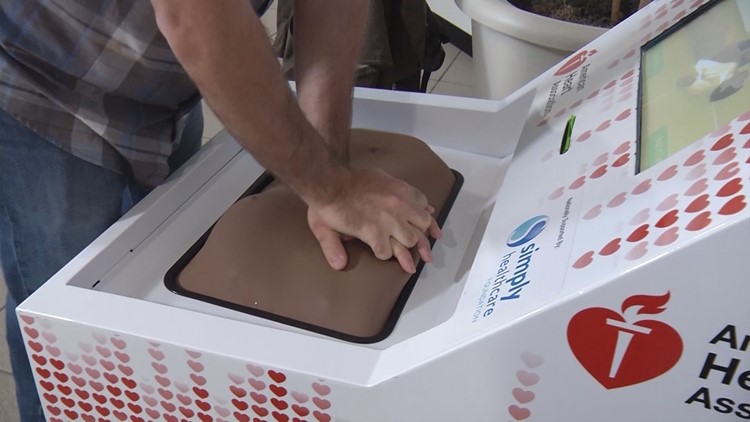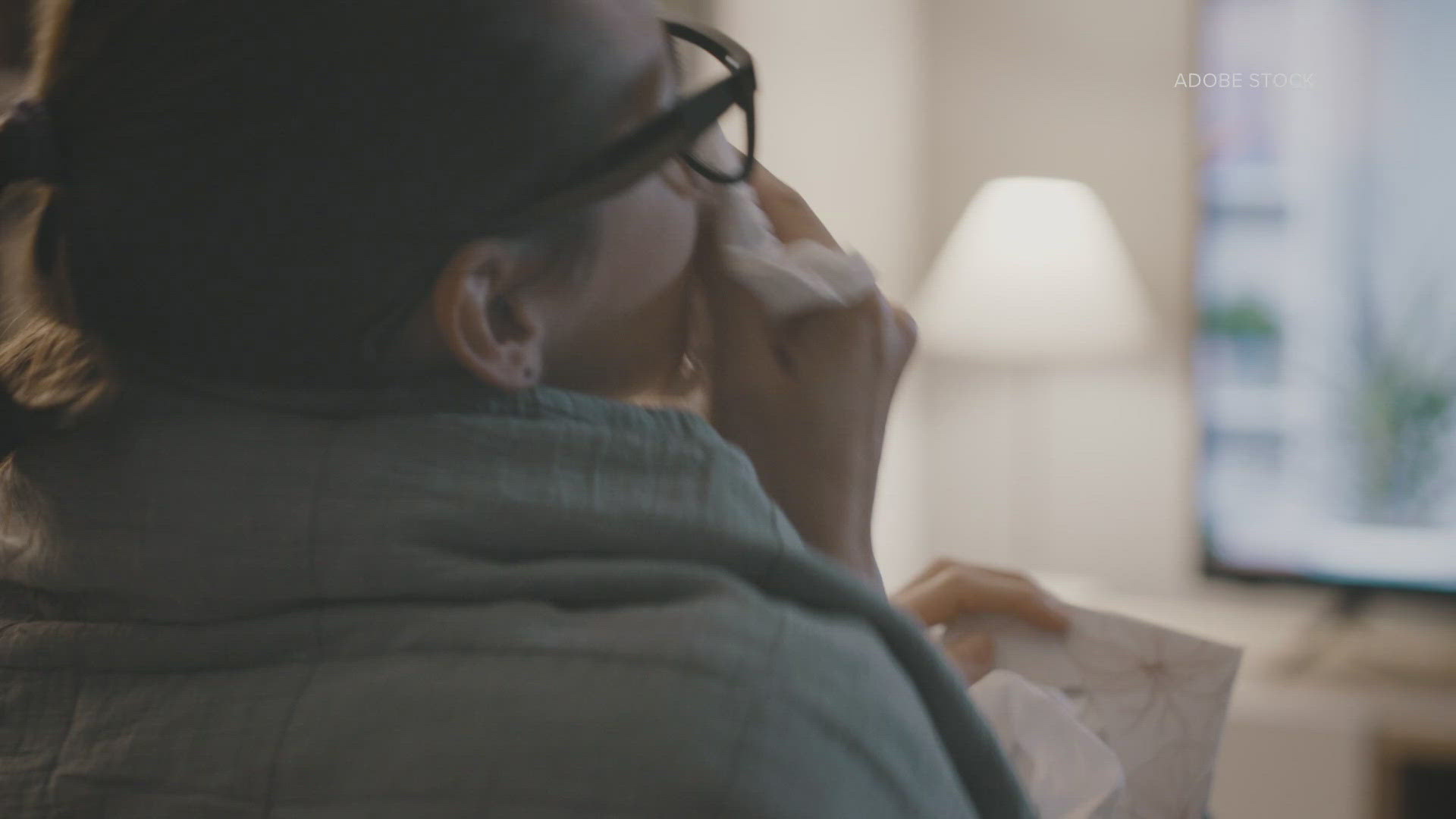In 2016, more than 350,00 people suffered an out-of-hospital cardiac arrest. Most of them died.
Fear of performing CPR incorrectly may ward off those who could potentially help. Now an innovative solution is giving people the confidence and skills they need to save lives.
Less than eight percent of people who suffer cardiac arrest outside of the hospital survive.
Husband and father Marivaldo Soares beat those chilling odds.
“The last words I said, was 'wow' and then I immediately fell on the table,” Soares said.
Soares is lucky to be alive. Three of his colleagues knew how to perform CPR until the paramedics arrived and took over.
“CPR really saved my life. It’s amazing,” continued Soares.
CPR can double or even triple a victim’s chance of survival, yet less than 32 percent of victims receive CPR from a bystander. Breathing into a stranger’s mouth may be the problem. Now, the American Heart Association supports simple hands-only CPR.
“Hands-only CPR is just as effective as traditional CPR, and it’s a little bit faster to learn and it’s easier to retain," said Lasonia Landry, executive director for the American Heart Association for Greater Orlando.
Training kiosks are being placed in crowd-heavy areas like convention centers and airports.
“It takes about five minutes from watching the video, practicing the compressions, and taking the test,” said Landry.
That’s faster than waiting for an ambulance in an emergency. The average wait time for EMS can be eight to 14 minutes. CPR at that time is the difference in life and death for thousands.
The kiosk breaks it down into three components: instruction, practice, and the final testing phase.
“If we can show and we can teach more people hands-on CPR, then we are creating a whole new generation of lifesavers,” Landry stated.
And save the lives of our loved ones, since four out of five cardiac arrests happen at home.
A new survey from the Cleveland Clinic found slightly half of Americans say they know CPR, but only one in six know the recommended technique consists of just chest compressions.
Almost every state has “Good Samaritan” laws that protect a bystander who tries to help. Currently, these training kiosks can be found at several locations, including international airports in Dallas, Harrisburg, Chicago O’Hare, Indianapolis, Dayton, and Orlando.



